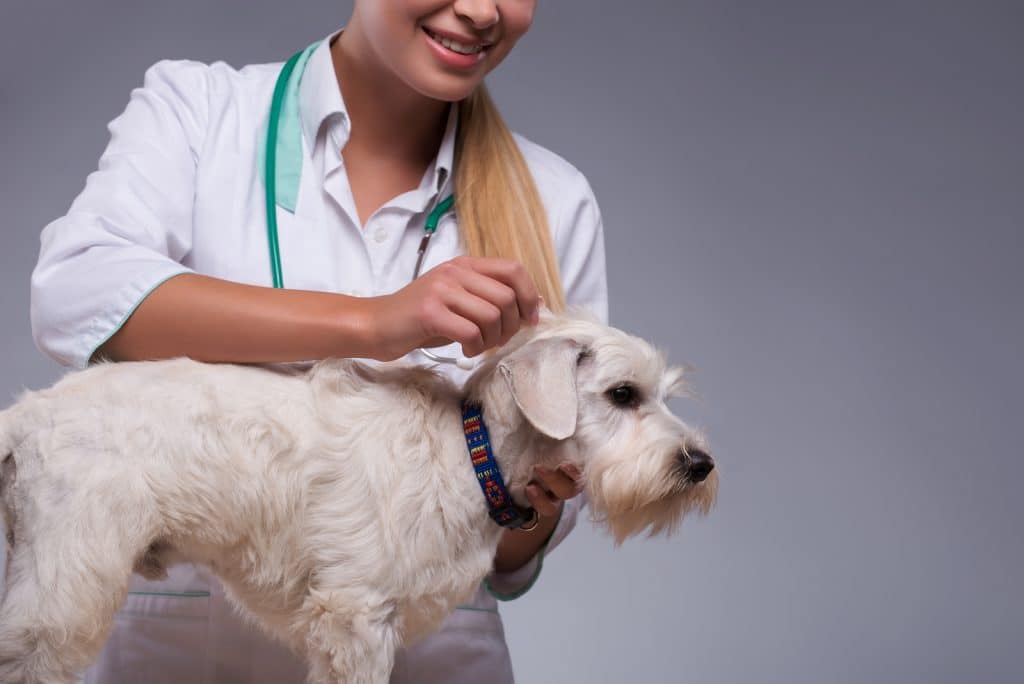
One of the things that you can do to save a significant amount of money on puppies is to go to a pound or shelter where there are dogs for sale. Not everyone is lucky enough to have an available shelter where they can adopt a puppy. Many dogs that come from puppy mills or shelters end up being put to sleep because their breed was considered undesirable and unable to be tamed. If you want a purebred dog that will be obedient, but not necessarily show signs of aggression then you should consider adopting from a shelter or humane society.
You can also use petfinder to find dogs for sale. All you need to do is type in the keywords “dogs for sale” on the petfinder results and you will get a list of listings. Petfinder does not allow you to actually view the animals, but if you want to buy one now then you can click on each listing and see the photos. Most rescue groups will have photos on their Facebook pages as well so you can peruse them and see how cute the animals are before you decide to buy.
If you are lucky enough to live in a city then you may have a local breeder who keeps dogs in his backyard. Sometimes you can contact the local breeder via email or phone and arrange an adoption. The only thing to keep in mind about a pet store or a breeder is that they will typically require you to sign a contract allowing them to sell you the dog. So it is important that you check the contract for any hidden fees.
There are also a number of pet stores and spcas that advertising dogs for sale. These places usually have a website where people can purchase puppies as well as other types of animals. There are also some pet stores that run rescue groups where dogs from bad situations are adopted by new owners. In these cases you can contact the rescue group and ask if you can help.
If you want to adopt a purebred dog from a shelter then you may have to pay a large upfront fee to cover vet’s fees, spay/neuter costs, etc. Before adopting from a shelter you should always check out their previous adoptions and get to know how the dogs were treated. If possible you should visit the shelter and look around. You should also make sure that you can fit in with the other dogs for sale there such as small children. Even though the staff at the shelter are professionals the chances of you getting along with them is not great.
If you have decided to buy your dogs from either a private breeder or a shelter then be prepared to spend a lot of time with the pet. Breeders are often very busy and you may have to rearrange your schedule around the visits. Also with most pet breeders it is important that you pay in advance because most of them do require a large deposit. If you don’t have a lot of money available in advance then you should consider going to a local pet store where most pet stores have regular hours and you can go and shop for the pet when it is convenient for you.




